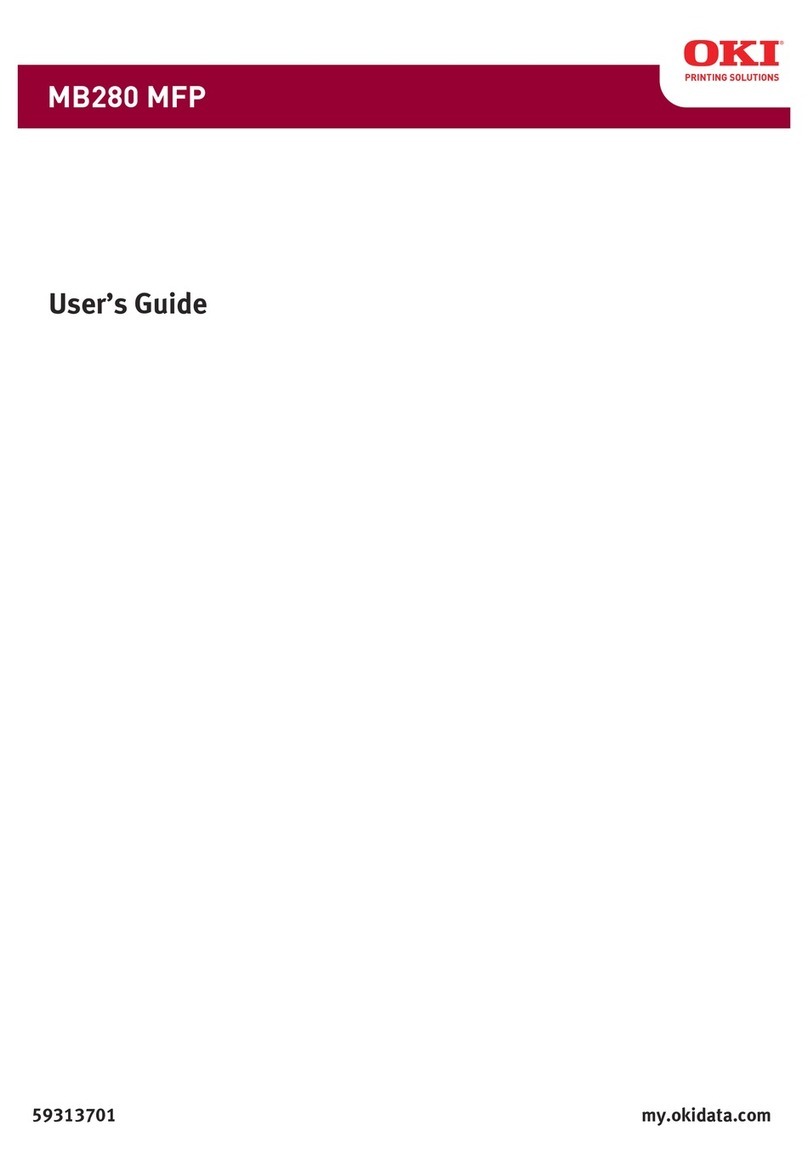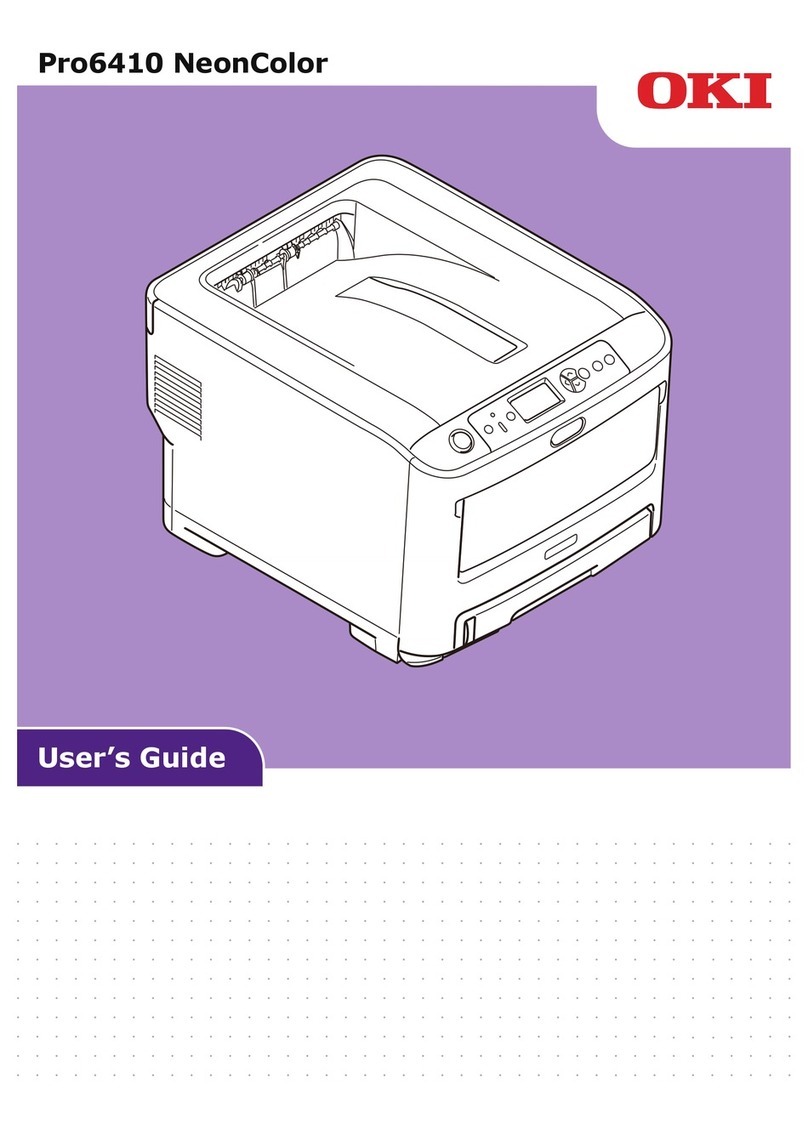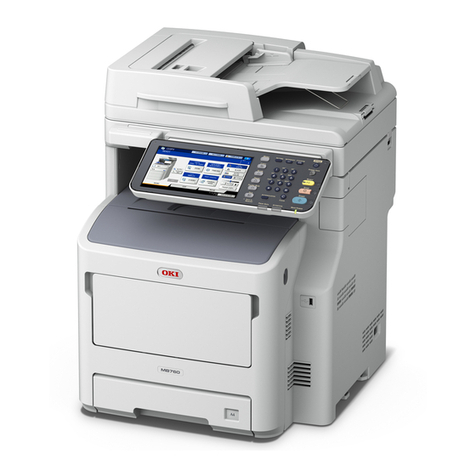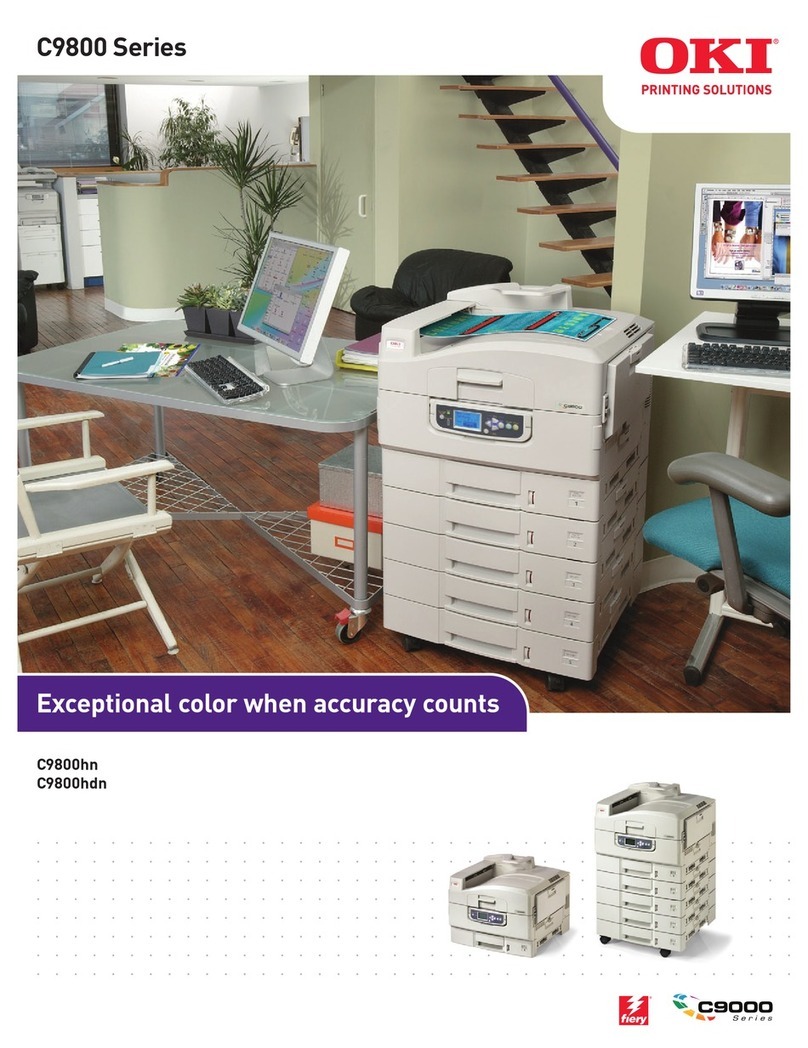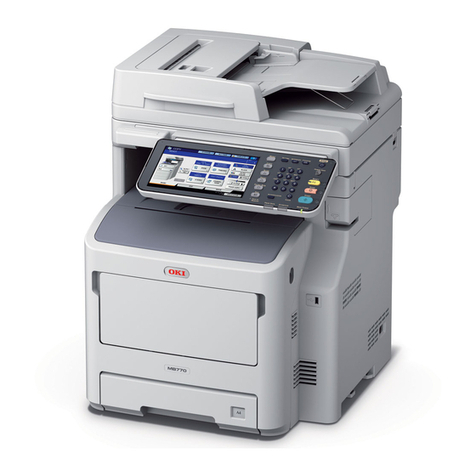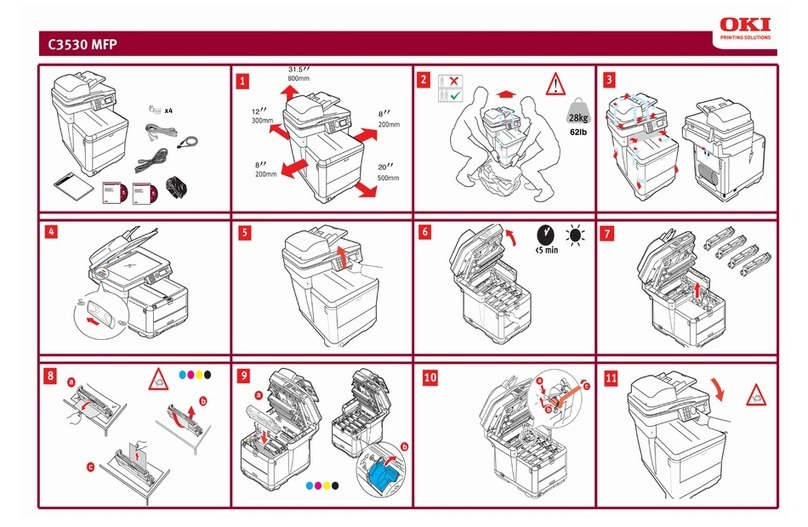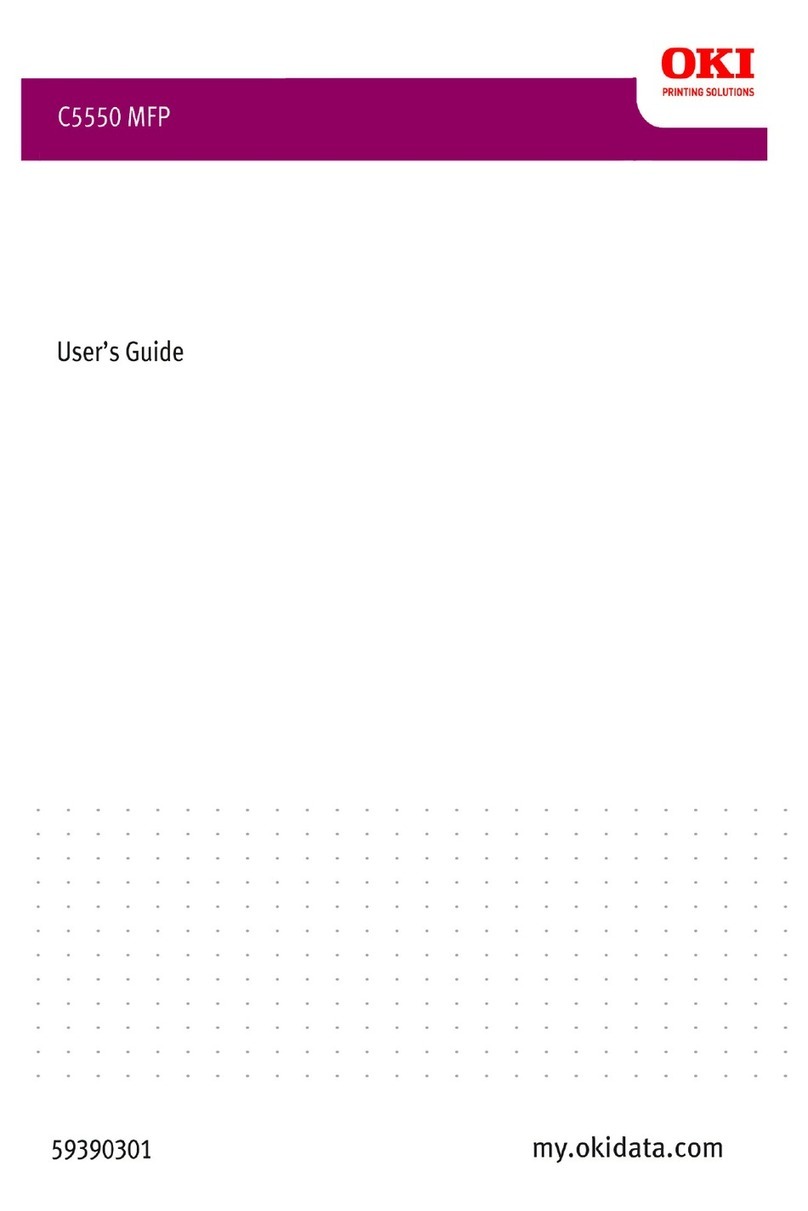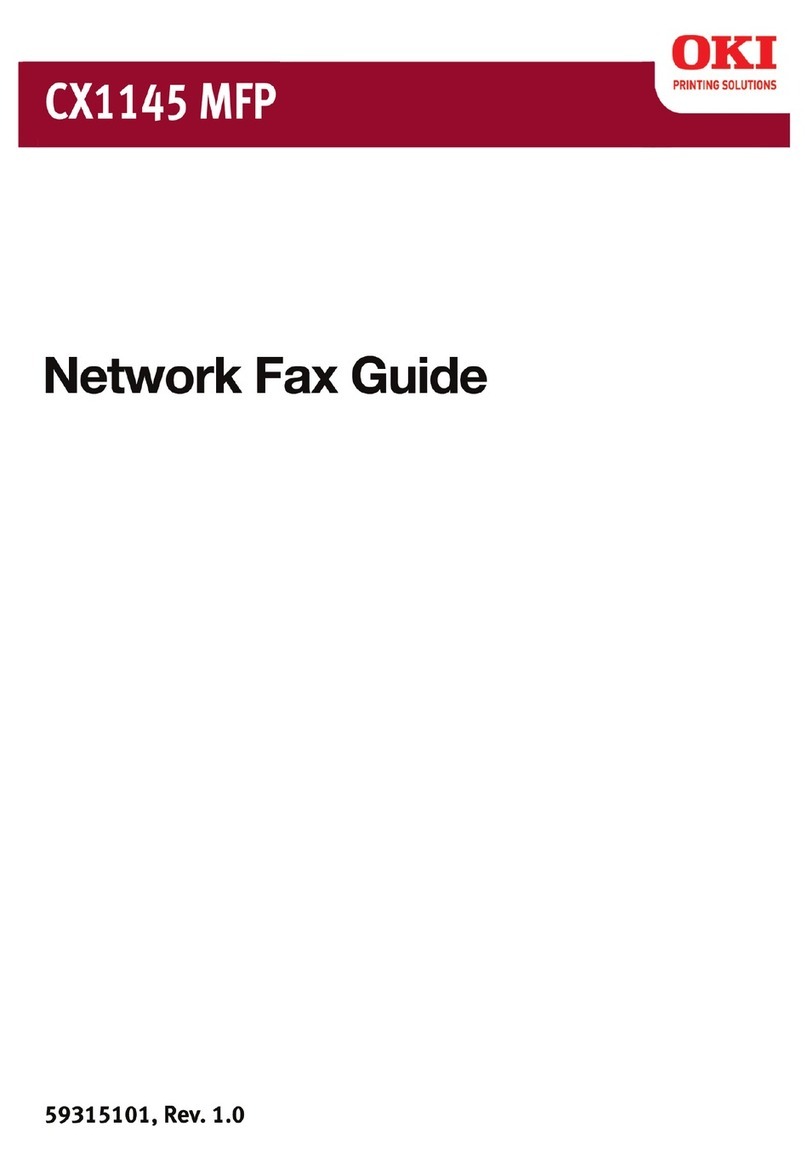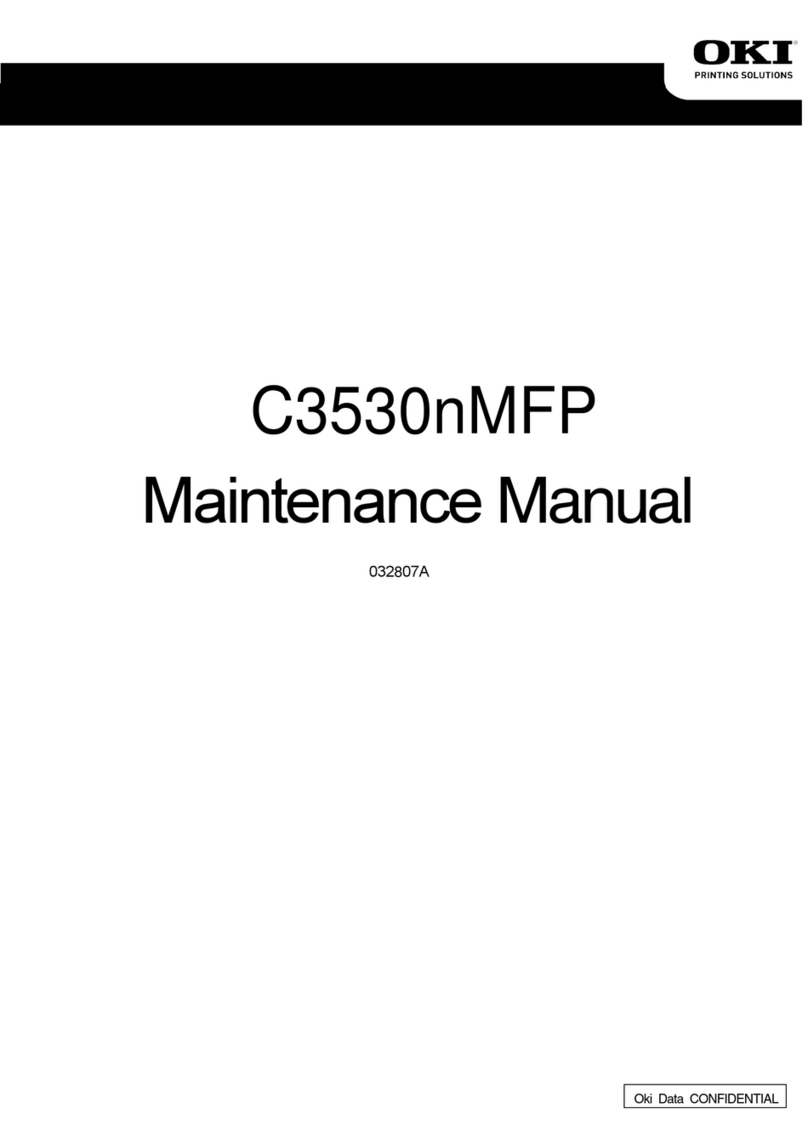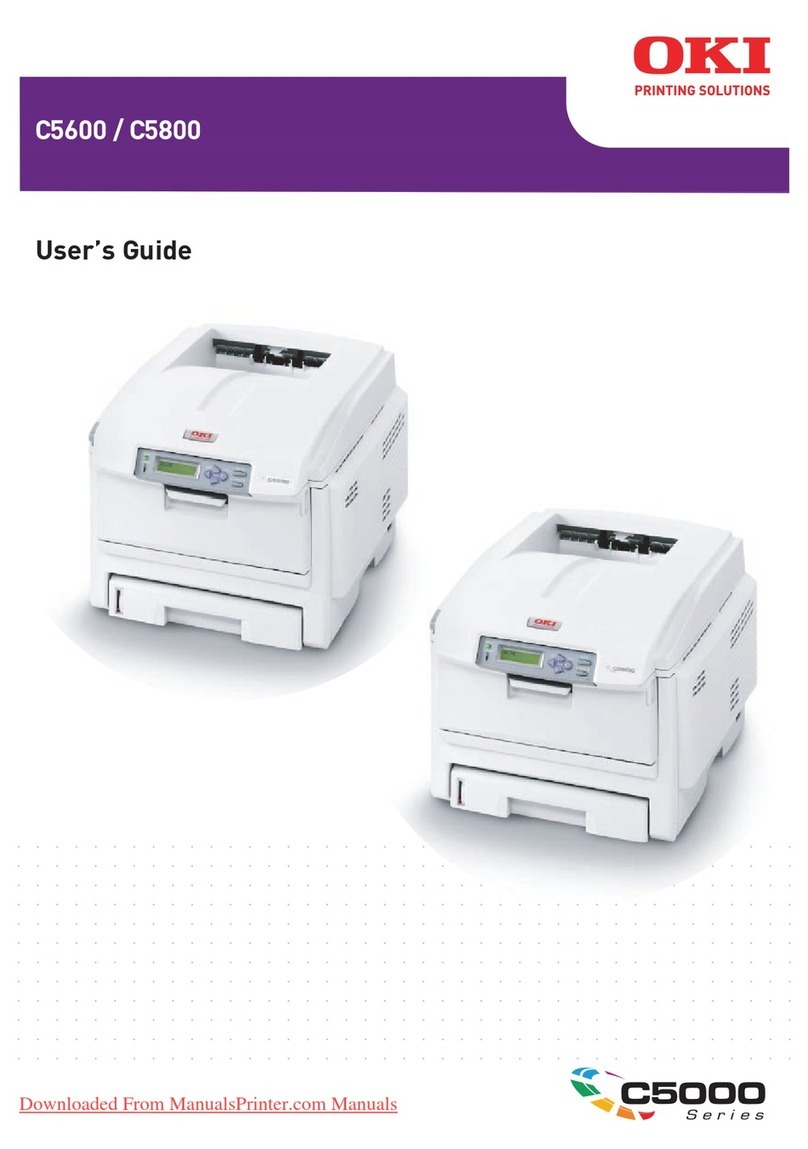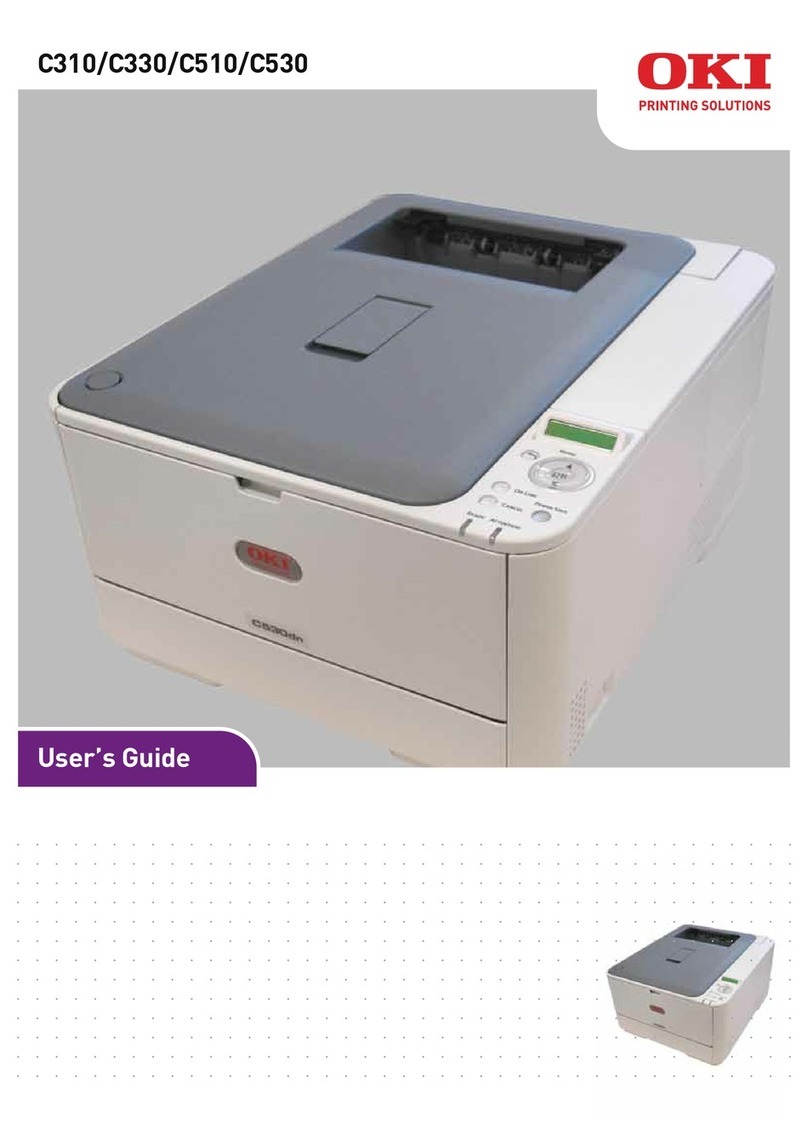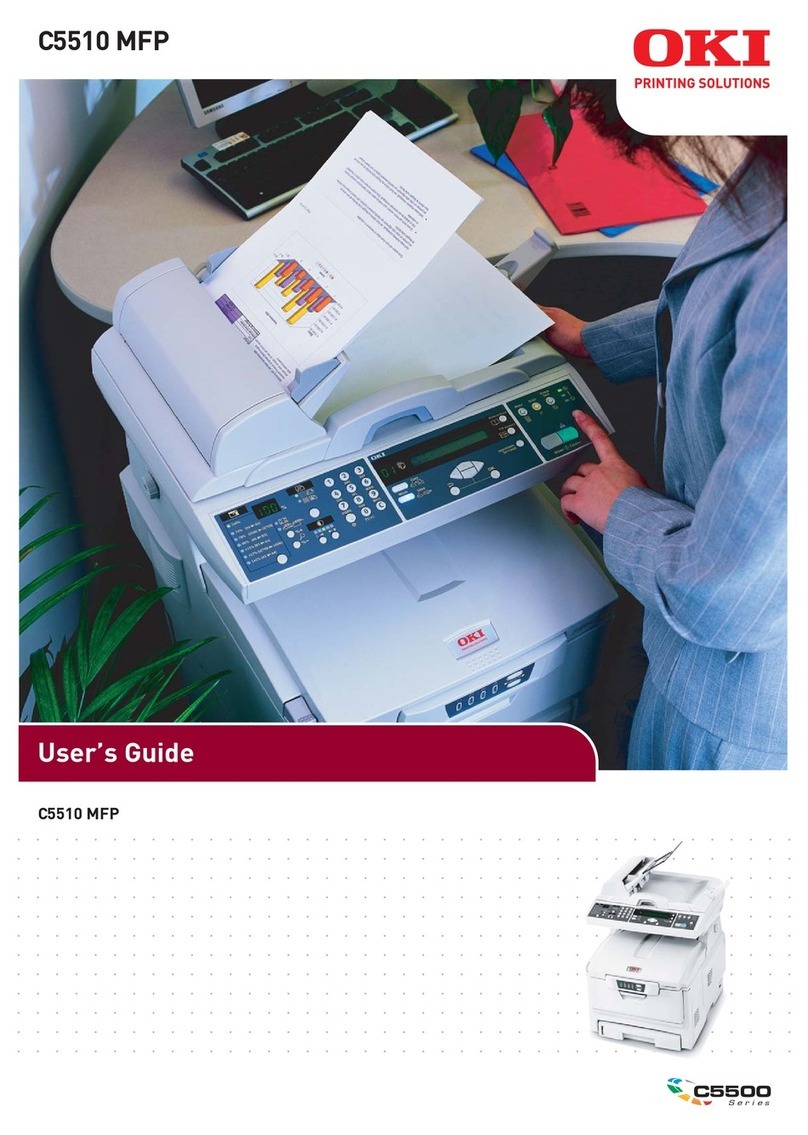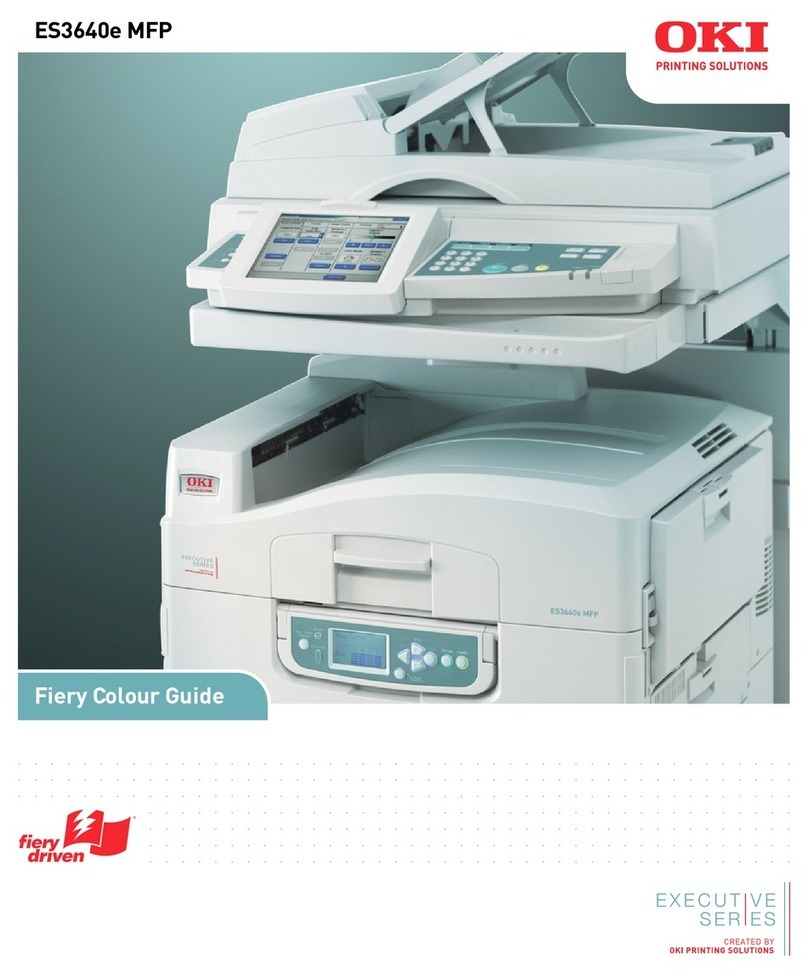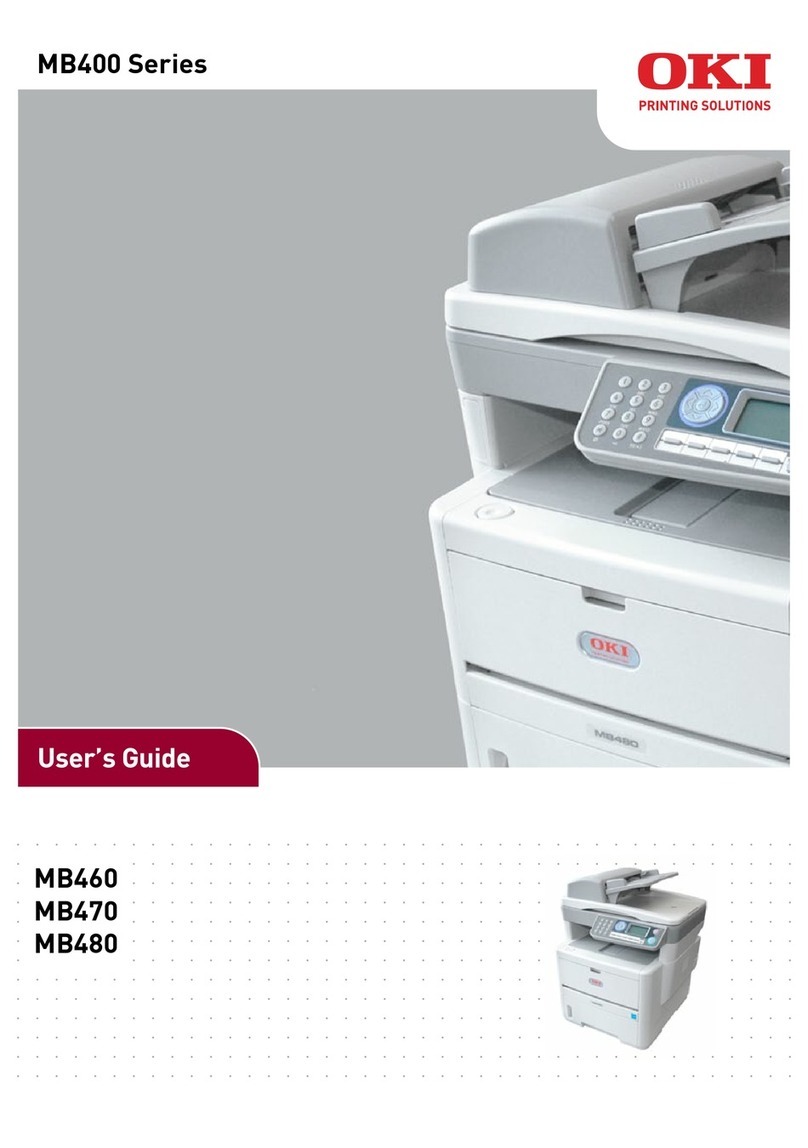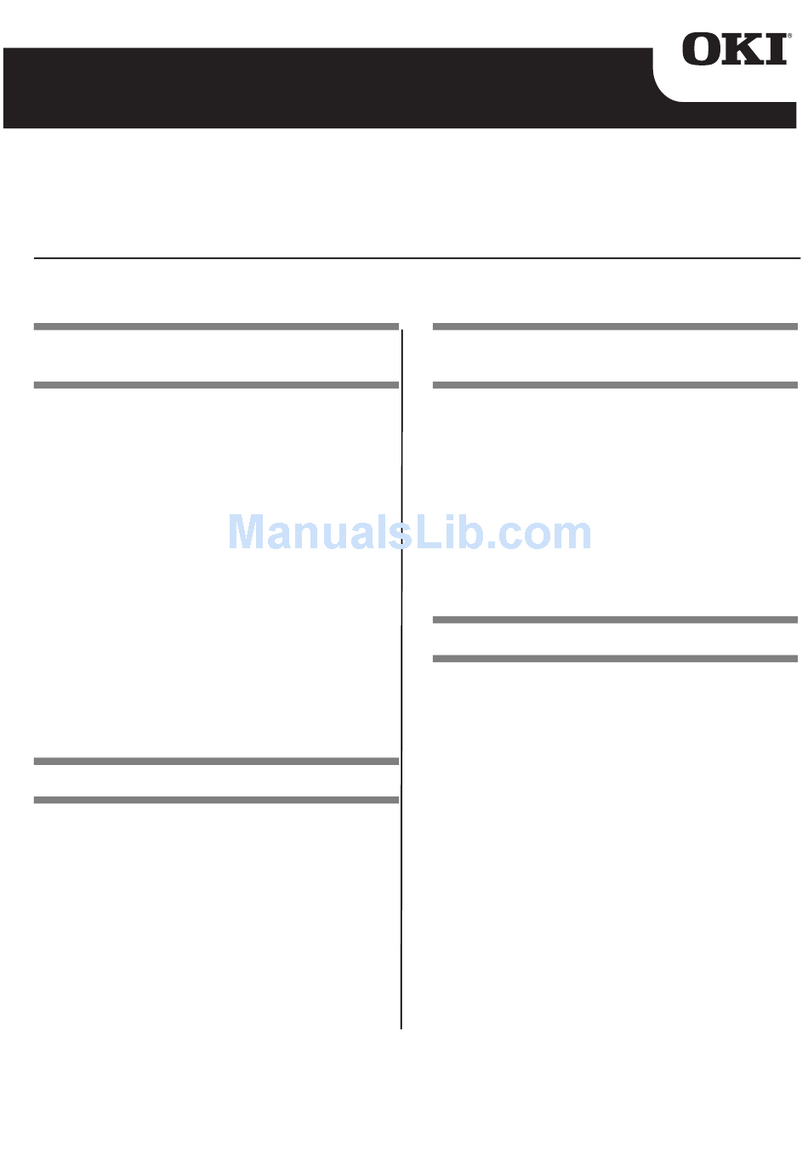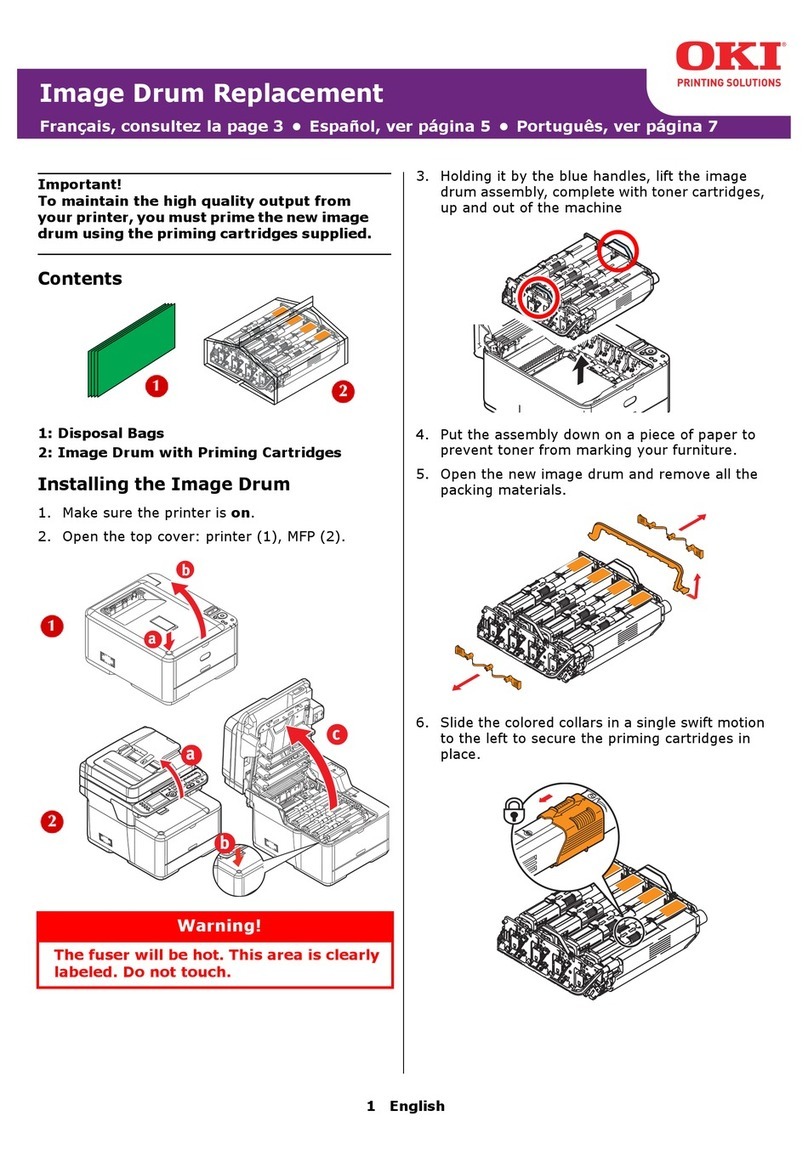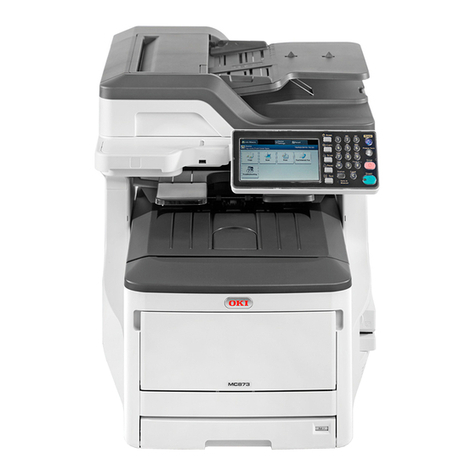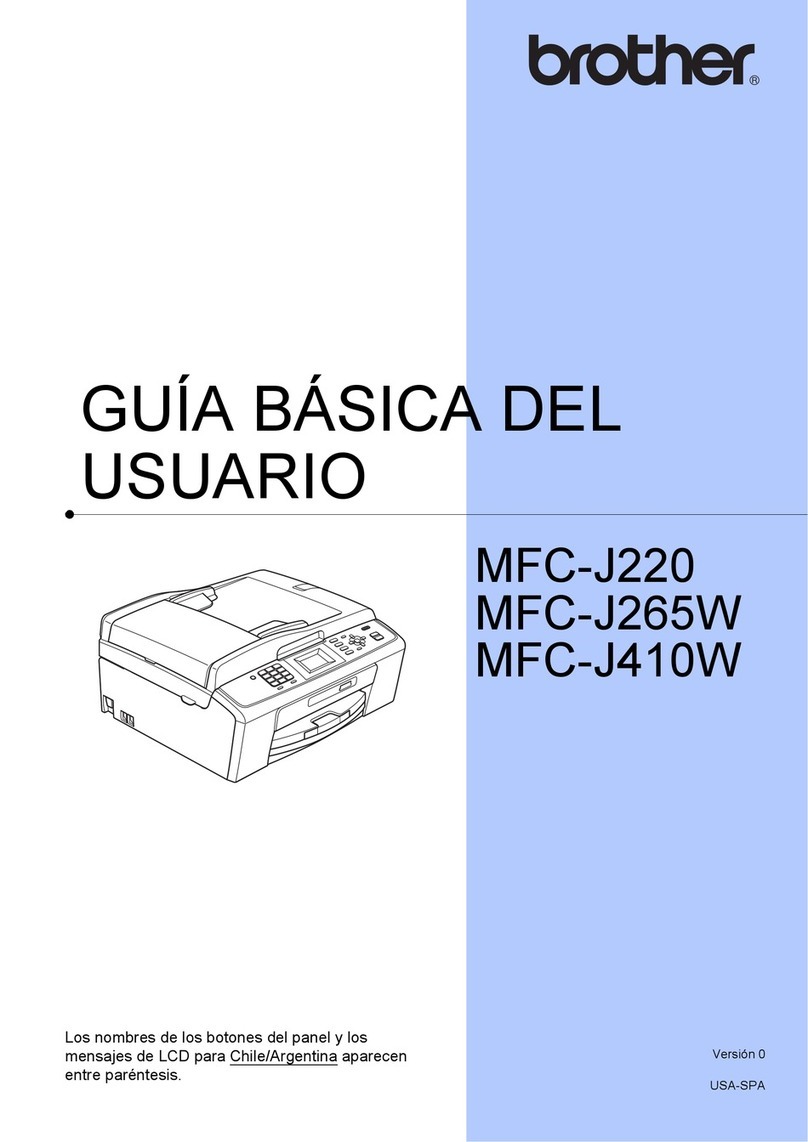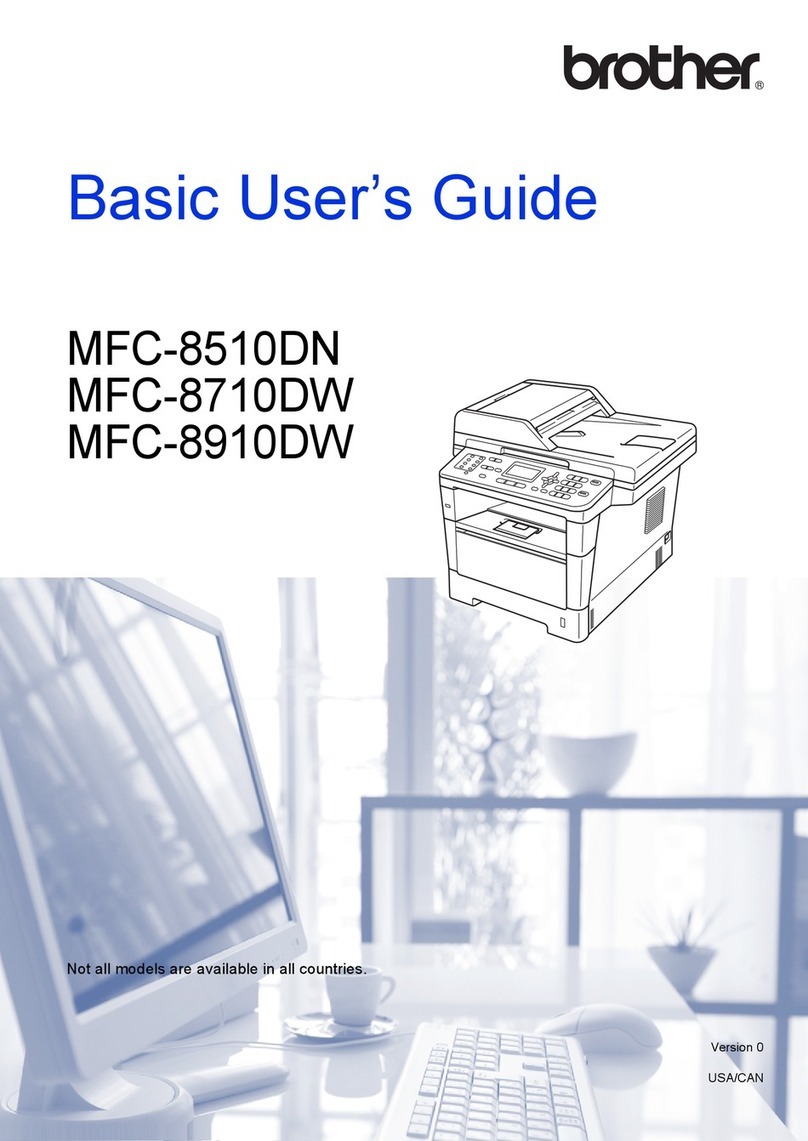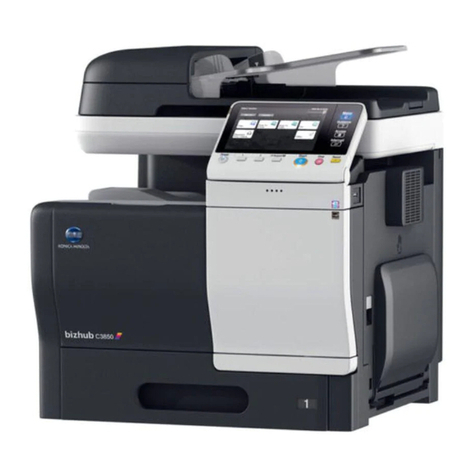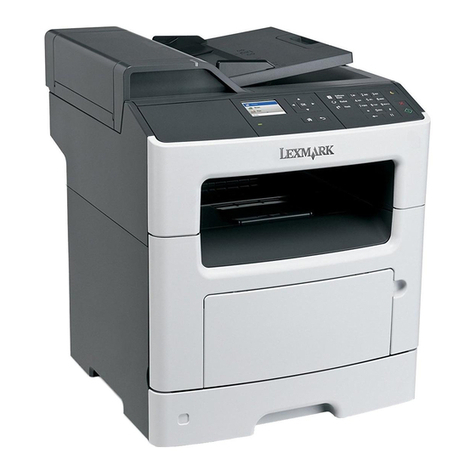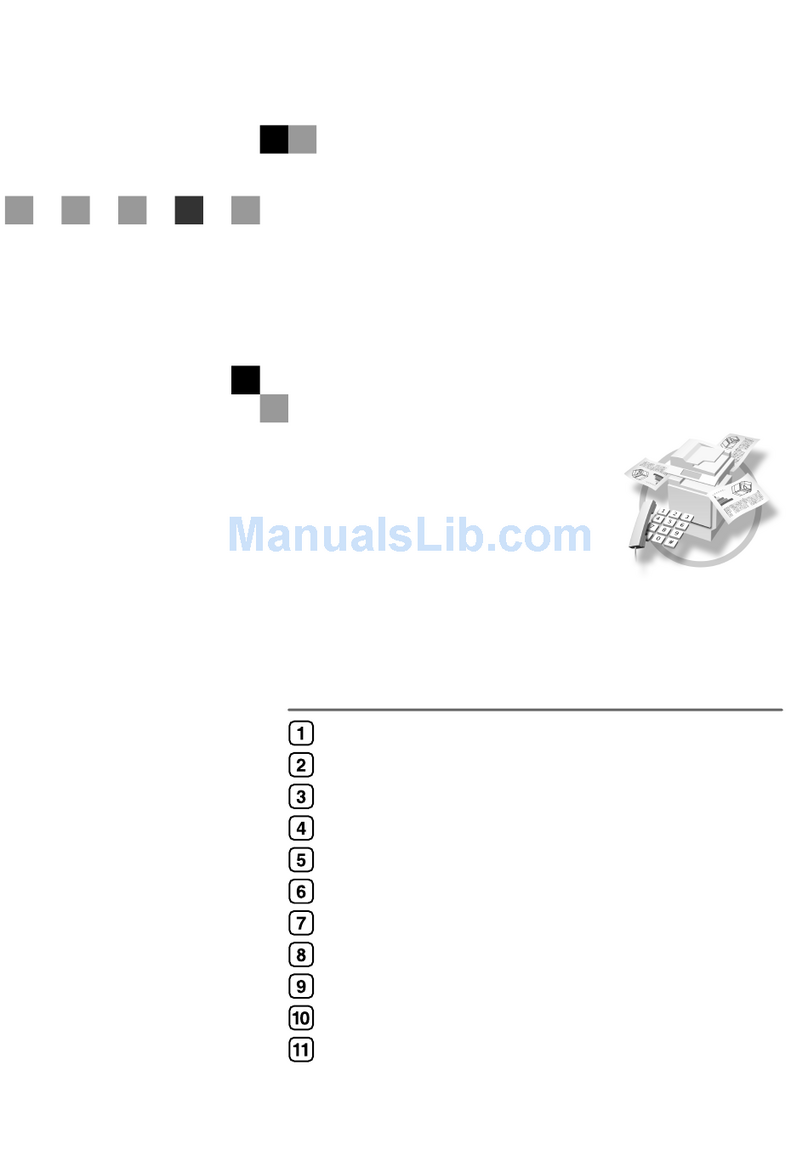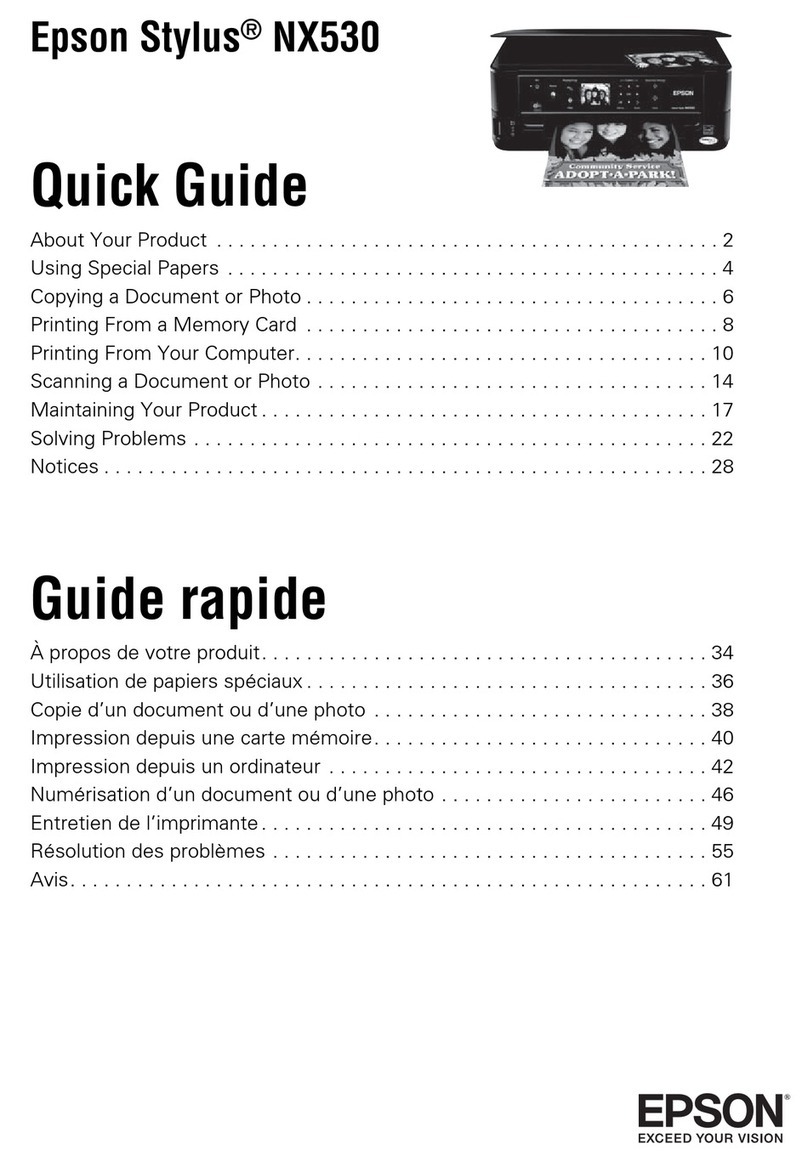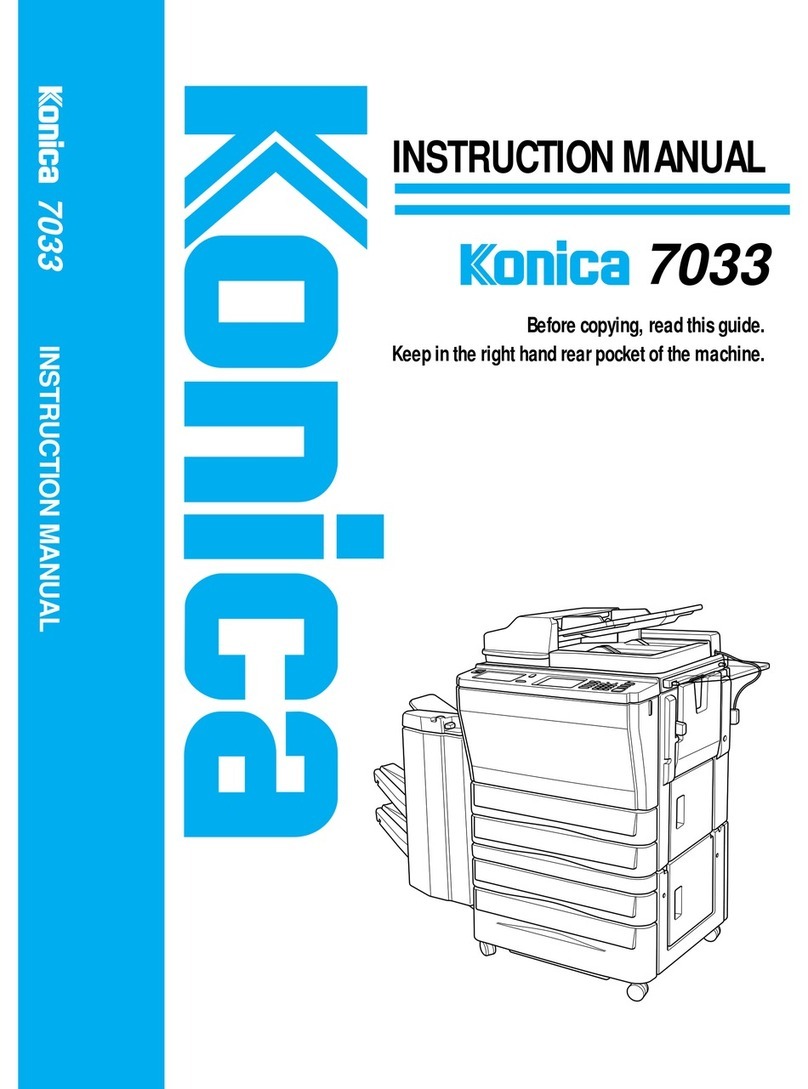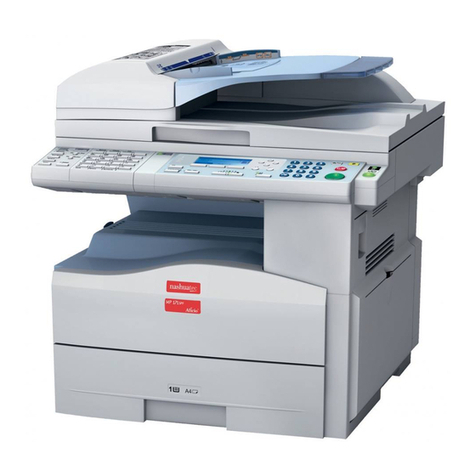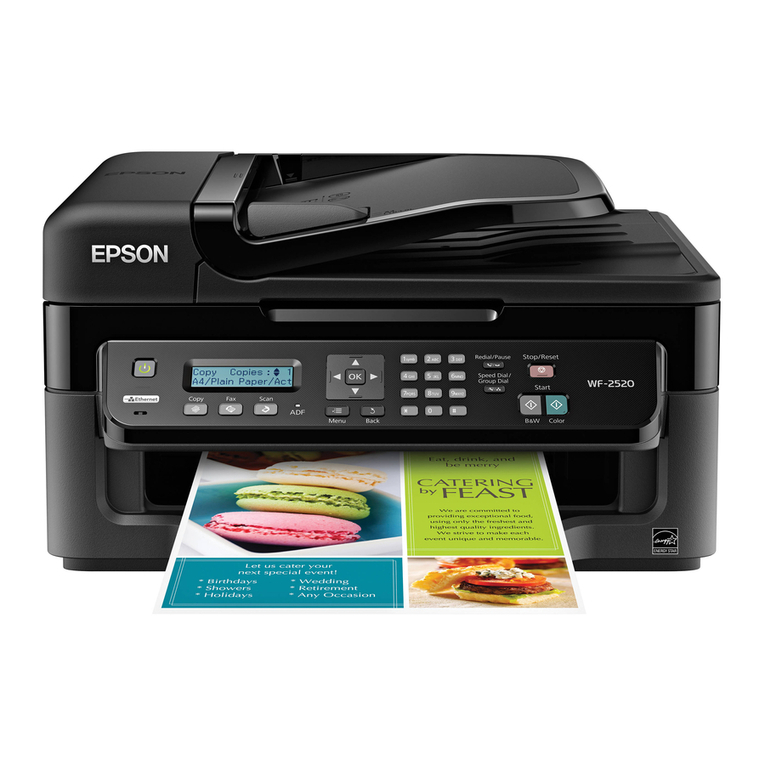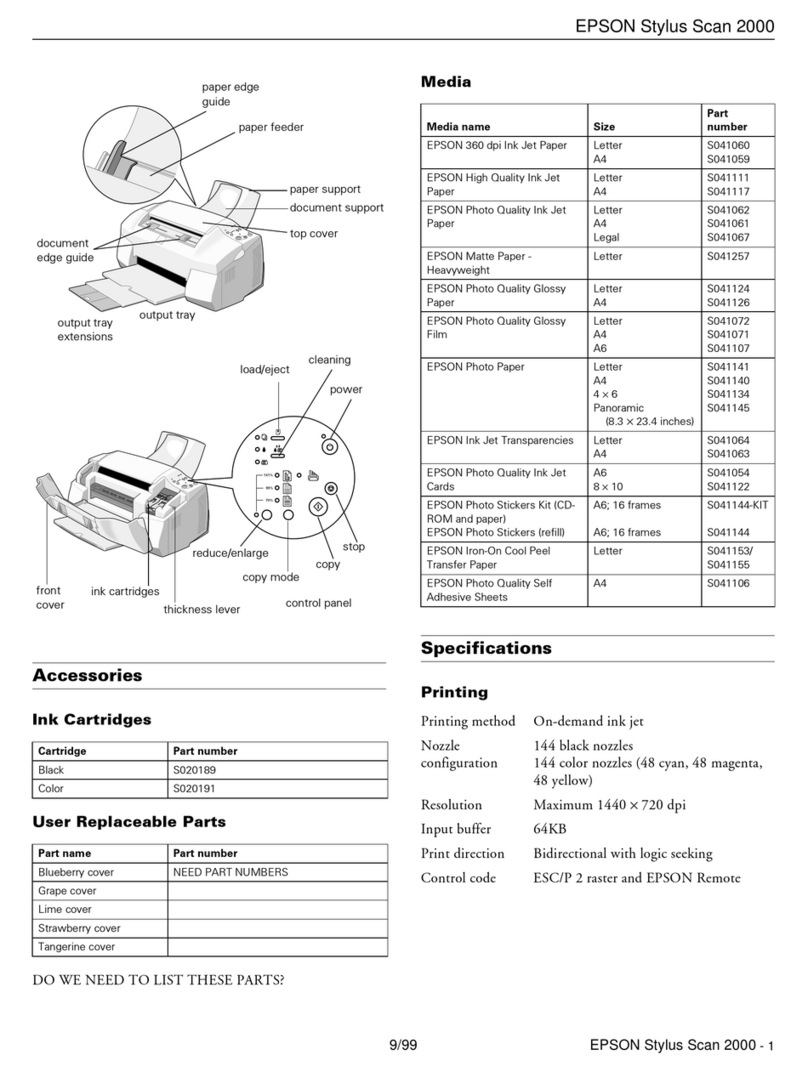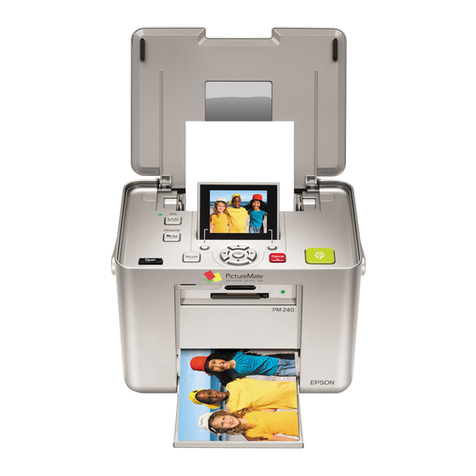
Canadian Department of Communications Requirements for End
Users
Canadian Department of Communications Requirements for End Users
The Canadian Department of Communications label identifies certified equipment. This certification means
that the equipment meets certain telecommunications network protective, operational and safety
requirements. The Department does not guarantee the equipment will operate to the users satisfaction.
Before installing this equipment, users should ensure that it is permissible to be connected to the facilities
of the local telecommunications company. The equipment must also be installed using an acceptable
method of connection. In some cases, the companys inside wiring associated with a single line individual
service may be extended by means of a certified connector assembly (telephone extension cord). The
customer should be aware that compliance with the above conditions may not prevent degradation of
service in some situations. Repairs to certified equipment should be made by an authorized Canadian
maintenance facility designated by the supplier.
Any repairs or alterations made by the user to this equipment, or equipment malfunctions, may give the
telecommunications company cause to request the user to disconnect the equipment. Users should
ensure for their own protection that the electrical ground connections of the power utility, telephone lines
and internal metallic water pipe system, if present, are connected together. This precaution may be
particularly important in rural areas.
Users should not attempt to make such connections themselves, but should contact the appropriate
electric inspection authority, or electrician, as appropriate. The Load Number assigned to each terminal
device denotes the percentage of the total load to be connected to a telephone loop which is used by the
device, to prevent overloading. The termination of a loop may consist of any combination of devices
subject only to the requirement that the total of the Load Numbers of all the devices does not exceed 100.
Letiquette du Ministere des Communications du Canada identifie le materiel homologue. Cette etiquette
certifie que le materiel est conforme a certaines normes de protection, dexploitation et de securite des
reseaux de telecommunications. Le Ministere nassure toutfois pas que le materiel fonctionnera a la
satisfaction de lutilisateur.
Avant dinstaller ce materiel, lutilisateur doit sassurer qull est permis de le raccorder aux installations de
lentreprise locale de telecommunication. Le materiel doit egalement etre installe en suivant une method
acceptee de raccordement. Dans certains cas, les fils interieurs de lentreprise utilises pour un service
individuel a ligne unique peuvent etre prolonges au moyen dun dispositif homologue de raccordement
(cordon prologateur telephonique interne). Labonne ne doit pas oublier quil est possible que la conformite
aux conditions enoncees ci-dessus nempechent pas la degradation du service dans certaines situations.
Actuellement, les entreprises de telecommunication ne permettent pas que lon raccorde leur materiel a
des jacks dabonne, sauf dans les cas precis prevus par les tarrifs particuliers de ces entreprises.
Les reparations de materiel homologue doivent etre effectuees par un centre dentretien canadien autorise
designe par le fournisseur. La compagnie de telecommunications peut demander a lutilisateur de
debrancher un appareil a la suite de reparations ou de modifications effectuses par lutilisateur ou a cause
de mauvais fonctionnement.
Pour sa propre protection, lutilisateur doit sassurer que tous les fils de mise a la terre de la source
denergie electrique, des lignes telephoniques et des canalisations deau metalliques, sil y en a, sont
raccordes ensemble. Cette precaution est particulierement importante dans les regions rurales.
Avertissement: Lutilisateur ne doit pas tenter de faire ces raccordements lui-meme; il doit avoir recoursa
un service dinspection des installations electriques, ou a electricien, selon le cas.
